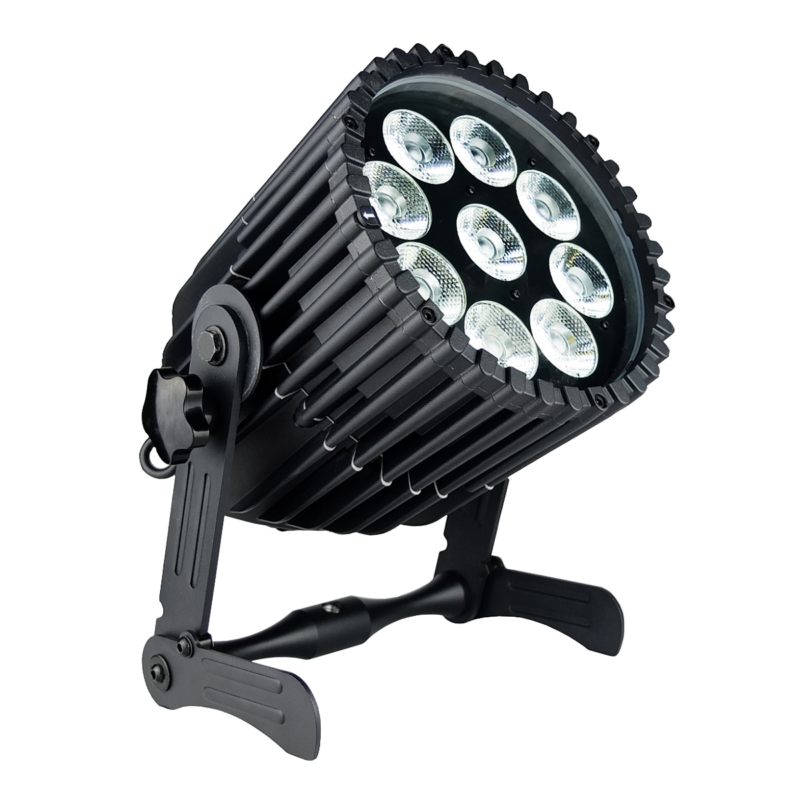Order Code | AX10 |
|---|---|
LED Engine | RGBAW |
Colors | RGBAW |
Total LED Power | 135 W |
Luminous Flux 4000K | 3350 lm |
Light Output 4000 K @ 2m | 10350 lx |
CRI (Ra)/ TLCI 3200- 6500 K | ≥96 |
Beam Angle | 13° |
Strobe | 0 – 25 Hz |
Pixels | 1 |
Battery Runtime | up to 20 hours |
Battery Lifetime | 70 % after 300 cycles |
Charging Time (nominal) | 7 hours |
DC Input | No |
DC Connector | No |
AC Input | 90-264 VAC; 47/63 Hz 2 A/ 115 VAC ~ 1.0 A/ 230 VAC |
AC Connector | PowerCON TRUE1 IN/OUT |
Wired DMX | No |
CRMX Receiver | Built-in |
Wireless Protocols | CRMX, UHF |
Wireless Range | CRMX/UHF up to 300 m / 330 yds |
Infrared Control | Yes |
IP Rating | IP65 |
Ambient Operating Temperature | 0 – 40 °C / 32 – 104 °F |
Weight | 7.98 kg /17.5 lbs |
Dimensions L x W x D | 279 mm x 296 mm x 253 mm / 10.9" x 11.6" x 9.9" |
Mounting Options | 1/2"-13 UNC thread, Safety eyelet |
All specifications provided are typical values and may be subject to change without prior notice.
